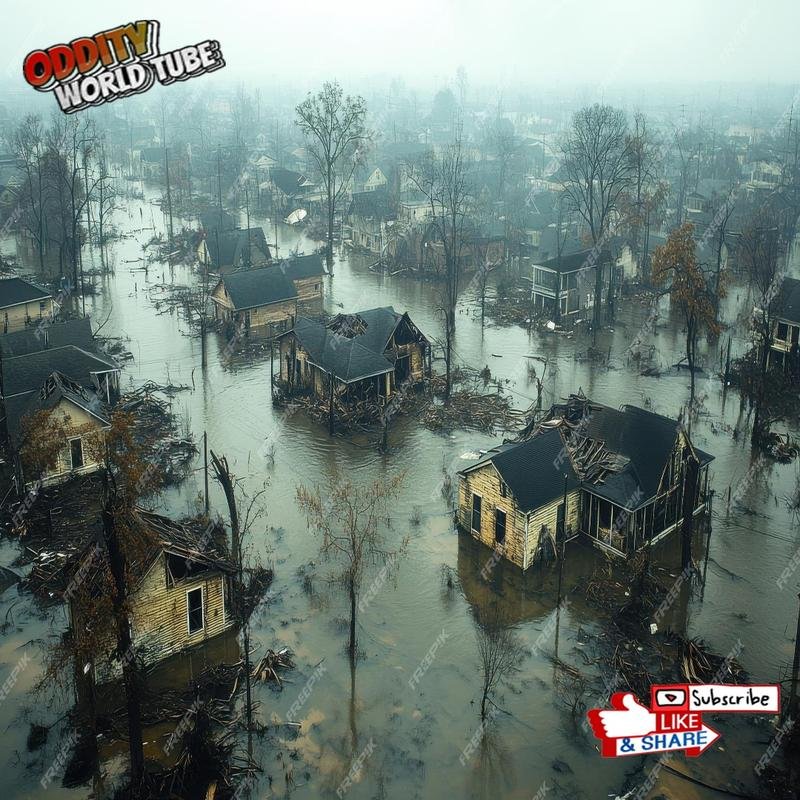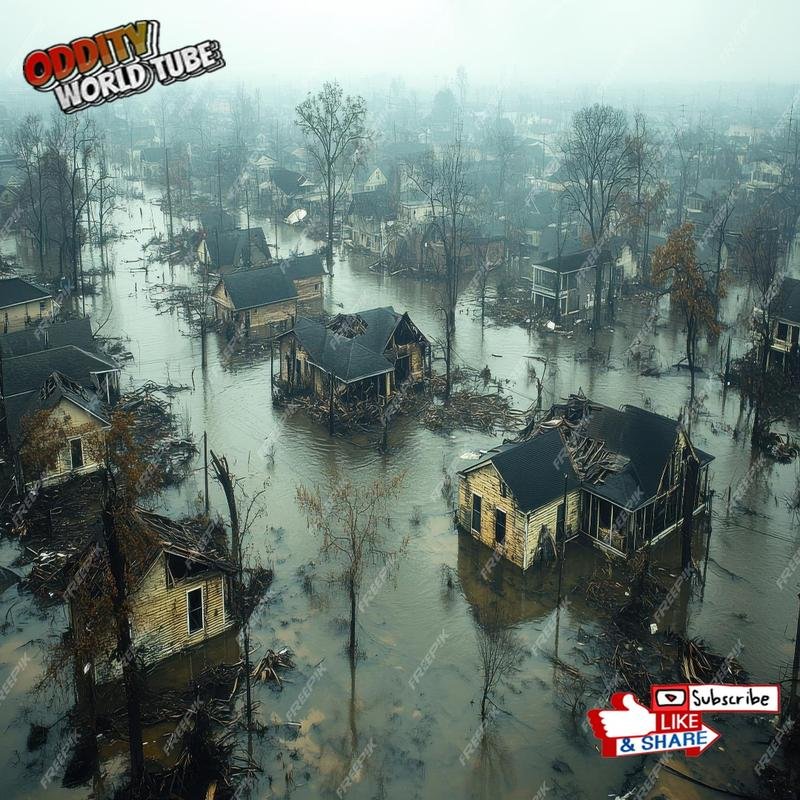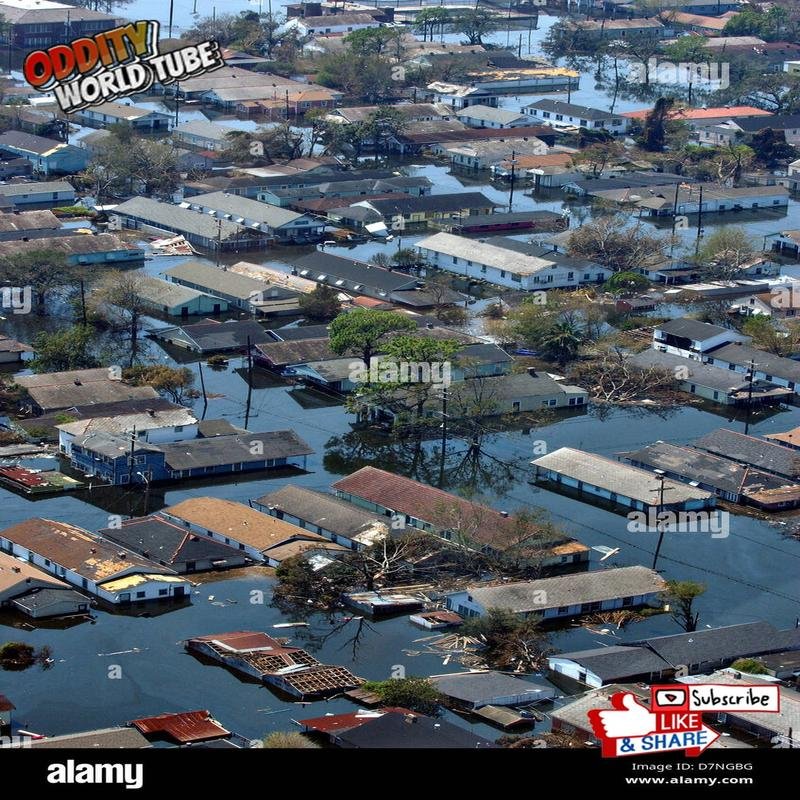Hurricane Katrina: Unraveling the Secrets of the Catastrophic Flooding and the Lessons Learned in New Orleans

Hurricane Katrina: New Orleans Flooding & Lessons
Hurricane Katrina, a catastrophic natural disaster in 2005, had a profound and lasting impact on New Orleans. Reaching Category 5 intensity prior to landfall, the hurricane caused extensive flooding due to levee failures, submerging approximately 80% of the city.
Devastating Consequences
The resulting economic losses exceeded $160 billion USD, establishing it as one of the costliest hurricanes in U.S. history. Furthermore, Katrina displaced over 400,000 people in Louisiana and resulted in over 1,800 fatalities, underscoring the immense scale of this tragedy.
Levee Failures and Widespread Flooding
The failure of the levees protecting New Orleans proved to be a critical factor in the catastrophic flooding. This highlighted significant flaws in infrastructure and preparedness.
Economic and Social Impact
The economic consequences were far-reaching, impacting businesses, infrastructure, and the overall economy of New Orleans and the surrounding region. The social impact was equally profound, with many residents losing their homes, jobs, and sense of community.
Lessons Learned and Recovery Efforts
The aftermath of Hurricane Katrina spurred significant changes in disaster preparedness, infrastructure development, and community resilience. The event served as a stark reminder of the vulnerability of coastal communities to extreme weather events.


Conclusion
Hurricane Katrina remains a poignant reminder of the devastating power of nature and the importance of robust disaster preparedness and mitigation strategies. The lessons learned from this catastrophic event continue to shape policies and practices aimed at protecting vulnerable communities from future disasters.





